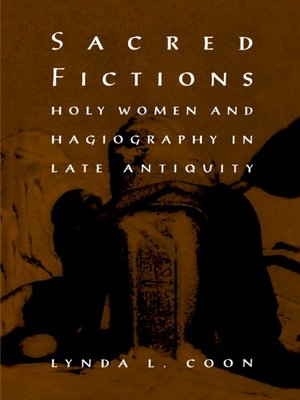Sacred Fictions
ebook ∣ Holy Women and Hagiography in Late Antiquity · The Middle Ages Series
By Lynda L. Coon

Sign up to save your library
With an OverDrive account, you can save your favorite libraries for at-a-glance information about availability. Find out more about OverDrive accounts.
Find this title in Libby, the library reading app by OverDrive.



Search for a digital library with this title
Title found at these libraries:
| Library Name | Distance |
|---|---|
| Loading... |
Late antique and early medieval hagiographic texts present holy women as simultaneously pious and corrupt, hideous and beautiful, exemplars of depravity and models of sanctity. In Sacred Fictions Lynda Coon unpacks these paradoxical representations to reveal the construction and circumscription of women's roles in the early Christian centuries.
Coon discerns three distinct paradigms for female sanctity in saints' lives and patristic and monastic writings. Women are recurrently figured as repentant desert hermits, wealthy widows, or cloistered ascetic nuns, and biblical discourse informs the narrative content, rhetorical strategies, and symbolic meanings of these texts in complex and multivalent ways. If hagiographers made their women saints walk on water, resurrect the dead, or consecrate the Eucharist, they also curbed the power of women by teaching that the daughters of Eve must make their bodies impenetrable through militant chastity or spiritual exile and must eradicate self-indulgence through ascetic attire or philanthropy.
The windows the sacred fiction of holy women open on the past are far from transparent; driven by both literary invention and moral imperative, the stories they tell helped shape Western gender constructs that have survived into modern times.







